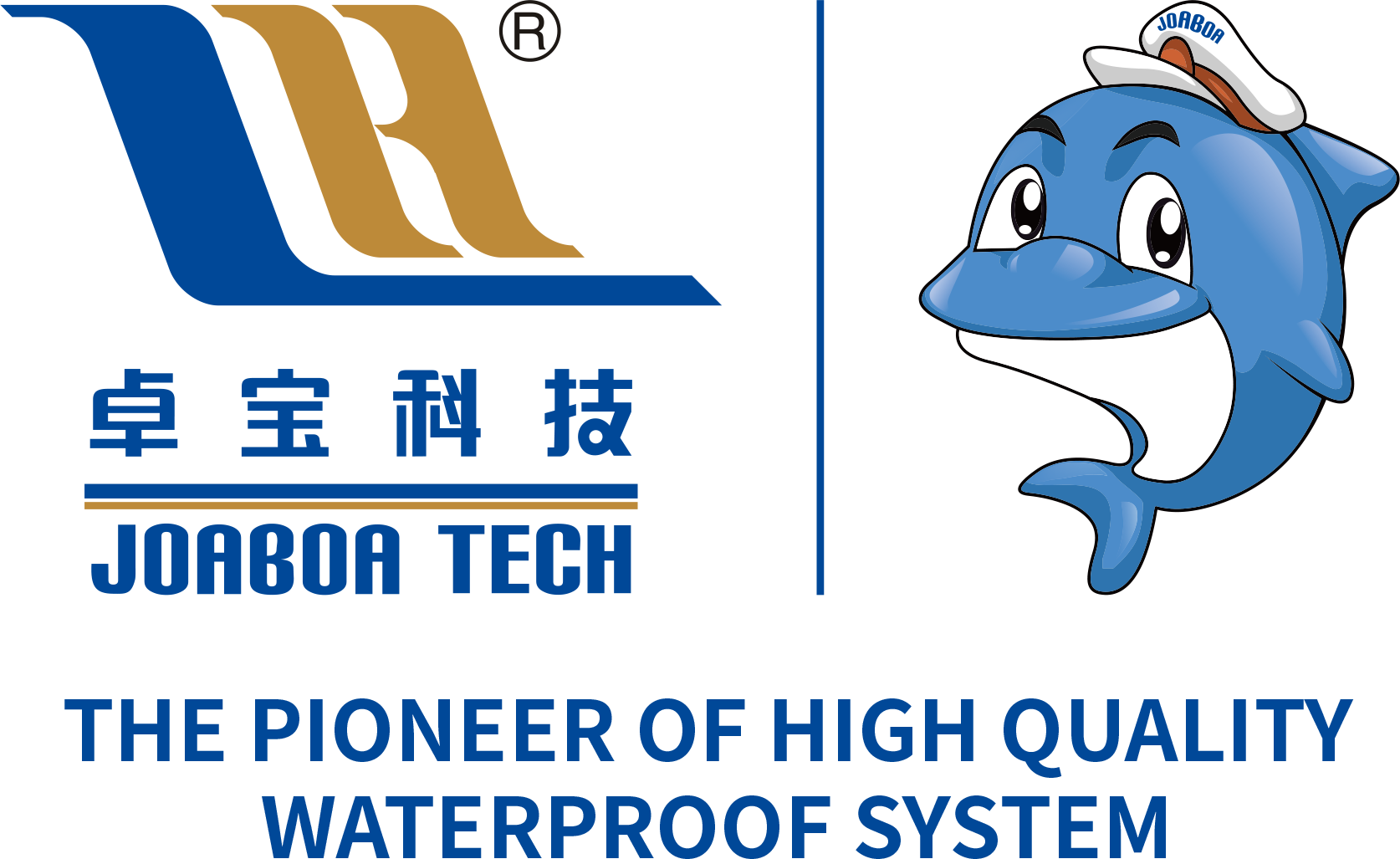Wholesale Plastomeric Waterproofing Materials: Your Comprehensive Guide
2025-07-15 10:40
Wholesale Plastomeric Waterproofing Materials: What You Need to Know
In the construction and renovation industries, waterproofing is a crucial aspect that ensures longevity and durability. Among the various types of waterproofing solutions available, plastomeric waterproofing materials stand out due to their versatility and effectiveness. This article delves into the essentials of wholesale plastomeric waterproofing materials, providing you with in-depth knowledge and insights that can help you make informed decisions. Whether you're a contractor, architect, or DIY enthusiast, this guide will serve as your go-to resource.
Table of Contents
- Understanding Plastomeric Waterproofing Materials
- Key Features and Benefits of Plastomeric Waterproofing
- Common Applications of Plastomeric Waterproofing Materials
- Choosing the Right Plastomeric Waterproofing Product
- Sourcing Wholesale Plastomeric Waterproofing Materials
- Installation Tips for Plastomeric Waterproofing
- Maintenance of Waterproofing Systems
- FAQs About Plastomeric Waterproofing Materials
- Conclusion
Understanding Plastomeric Waterproofing Materials
Plastomeric waterproofing materials are made from a combination of synthetic polymers, primarily polypropylene and ethylene. These materials are designed to provide an impermeable barrier against water, making them ideal for various construction projects. Unlike traditional waterproofing membranes, plastomeric materials offer superior flexibility, UV resistance, and thermal stability, making them suitable for both flat and sloped surfaces.
The Science Behind Plastomeric Waterproofing
The unique molecular structure of plastomeric materials allows them to expand and contract without losing their integrity. This elasticity is crucial in regions with fluctuating temperatures, as it prevents cracking and deterioration. Additionally, the materials are resistant to punctures and tears, ensuring long-lasting protection against water intrusion.
Key Features and Benefits of Plastomeric Waterproofing
1. Superior Flexibility and Elasticity
The flexibility of plastomeric waterproofing materials allows them to adapt to changes in the substrate without compromising their waterproofing capabilities. This property is essential for preventing leaks and maintaining structural integrity.
2. High UV Resistance
UV exposure can deteriorate many waterproofing materials over time. However, plastomeric membranes are engineered to withstand the harmful effects of sunlight, ensuring longevity and performance.
3. Excellent Adhesion Properties
These materials can bond effectively to various substrates, including concrete, metal, and wood. This strong adhesion helps create a reliable barrier against moisture.
4. Low Temperature Flexibility
Plastomeric waterproofing materials maintain their flexibility even in low-temperature conditions, making them suitable for a wide range of climates.
5. Environmentally Friendly Options
As sustainability becomes a priority in construction, many manufacturers are producing eco-friendly plastomeric products that minimize environmental impact while providing superior performance.
Common Applications of Plastomeric Waterproofing Materials
1. Roofs
Plastomeric membranes are widely used in roofing applications due to their ability to withstand harsh weather conditions. They can be installed in flat, low-slope, or sloped roofing systems.
2. Foundations
These materials serve as effective barriers against water intrusion in foundation walls and basements, protecting structures from moisture-related issues.
3. Below-Grade Waterproofing
For projects that require below-grade waterproofing, plastomeric materials provide reliable protection against hydrostatic pressure, ensuring that the structure remains dry and stable.
4. Parking Structures
The durability and resistance to chemicals make plastomeric waterproofing ideal for parking garages, where exposure to vehicular traffic and various substances is common.
Choosing the Right Plastomeric Waterproofing Product
When selecting plastomeric waterproofing materials, several factors come into play. Here are some essential considerations:
1. Project Requirements
Assess the specific requirements of your project, including the type of substrate, anticipated water exposure, and environmental conditions. Understanding these factors will help guide your product selection.
2. Manufacturer Reputation
Choose products from reputable manufacturers known for quality and reliability. Research customer reviews and testimonials to gauge product performance.
3. Compliance with Standards
Ensure that the waterproofing materials meet industry standards and local building codes. Compliance guarantees that you are using safe and effective products.
4. Cost Considerations
While it is essential to stay within budget, remember that the cheapest option may not always provide the best performance. Consider the long-term benefits of investing in high-quality materials.
Sourcing Wholesale Plastomeric Waterproofing Materials
Finding the right supplier is crucial for sourcing high-quality plastomeric waterproofing materials at wholesale prices. Here are some tips:
1. Research Suppliers
Look for suppliers that specialize in waterproofing materials and have a solid track record in the industry. Online directories and trade shows can help you identify potential vendors.
2. Request Samples
Before making a bulk purchase, request product samples to evaluate the quality and performance of the materials. This step will ensure that you are making an informed decision.
3. Compare Pricing and Terms
Obtain quotes from multiple suppliers and compare pricing, delivery times, and payment terms. This process can help you negotiate better deals and find the most cost-effective options.
4. Build Relationships
Establishing strong relationships with suppliers can lead to better deals, exclusive offers, and reliable support for your projects.
Installation Tips for Plastomeric Waterproofing
Proper installation is key to the effectiveness of plastomeric waterproofing materials. Follow these guidelines for optimal results:
1. Surface Preparation
Ensure that the surface is clean, dry, and free of debris before installation. Proper surface preparation is essential for achieving strong adhesion.
2. Follow Manufacturer Guidelines
Adhere to the manufacturer's installation instructions, including recommended temperatures, application techniques, and curing times to ensure optimal performance.
3. Use Proper Tools
Utilize the right tools and equipment for installation, including rollers, brushes, and spray equipment, to achieve a smooth and even application.
4. Inspect Seams and Joints
Pay special attention to seams and joints, ensuring they are properly sealed to prevent water infiltration. Use compatible adhesives or sealants as recommended by the manufacturer.
Maintenance of Waterproofing Systems
Regular maintenance is vital for extending the lifespan of plastomeric waterproofing systems. Here are some maintenance tips:
1. Periodic Inspections
Conduct routine inspections of the waterproofing system, looking for signs of wear, damage, or leaks. Early detection can prevent costly repairs.
2. Cleaning
Keep the surface clean and free from debris, dirt, and standing water. Cleaning can enhance the performance of the waterproofing system and prevent deterioration.
3. Repair Damage Promptly
If any damage is detected, address it immediately. Use compatible repair materials to ensure that the integrity of the waterproofing system is maintained.
FAQs About Plastomeric Waterproofing Materials
1. What are plastomeric waterproofing materials made of?
Plastomeric waterproofing materials are primarily made from synthetic polymers, such as polypropylene and ethylene, which provide excellent flexibility and durability.
2. How long do plastomeric waterproofing materials last?
When installed correctly and maintained properly, plastomeric waterproofing materials can last up to 20 years or more, depending on environmental conditions and usage.
3. Can plastomeric waterproofing be applied in cold weather?
Yes, plastomeric waterproofing materials maintain their flexibility in low temperatures, making them suitable for cold-weather applications.
4. Are plastomeric waterproofing materials environmentally friendly?
Many manufacturers offer eco-friendly plastomeric options that comply with environmental regulations while providing effective waterproofing solutions.
5. How do I know if my waterproofing system is failing?
Signs of a failing waterproofing system include water stains, mold growth, peeling paint, or any visible cracks. Regular inspections can help identify these issues early.
Conclusion
Understanding wholesale plastomeric waterproofing materials is essential for anyone involved in construction or renovation projects. Their superior characteristics make them a preferred choice for various applications, providing long-lasting protection against water intrusion. By selecting the right products, sourcing from reputable suppliers, and ensuring proper installation and maintenance, you can effectively safeguard your structures against moisture-related issues. Equip yourself with this knowledge, and take a step closer to achieving durable, waterproof solutions for your projects.
Related News









